Your garage door is a significant home component, providing security, convenience, and aesthetic appeal. Regular garage door maintenance is crucial to ensure its smooth operation, longevity, and safety. Here are some practical tips and tricks to help you maintain your garage door effectively.
Table of Contents
Visual Inspection
1. Checking for Wear and Tear
Conduct a thorough visual inspection of your garage door at least once every three months. Look for signs of wear and tear on the door itself and its components, such as springs, cables, rollers, and pulleys. Pay attention to any frayed cables, rusted parts, or dents in the door panels. Identifying issues early can prevent more significant problems down the line.
2. Inspecting Cables, Pulleys, and Rollers
The Garage Door Cables, pulleys, and rollers are essential for the smooth operation of your garage door. Check the cables for any signs of fraying or loosening. Inspect the pulleys and rollers for wear and ensure they move smoothly without any obstruction. If you notice any damage, it might be time to replace these components.
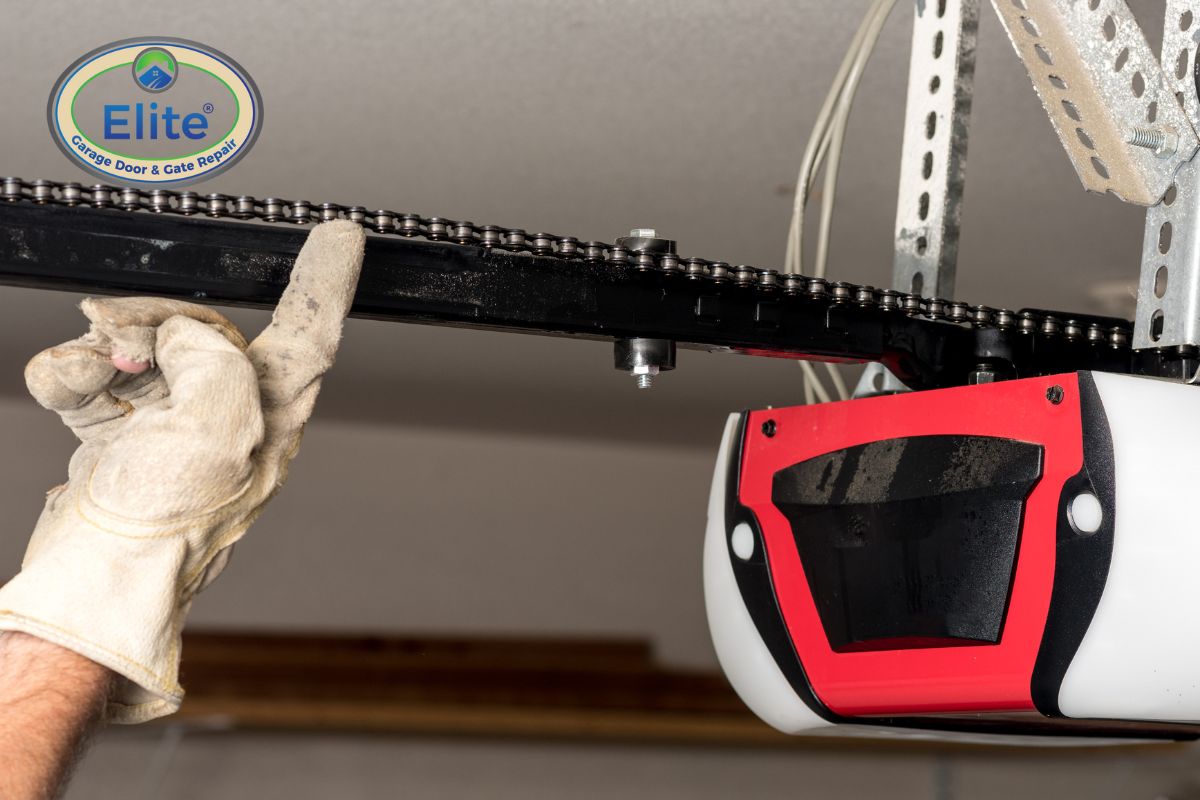
Visual Inspection
Lubrication
1. Recommended Lubricants for Different Parts
Proper lubrication is key to maintaining a quiet and efficient garage door. Use a high-quality, non-silicone-based lubricant specifically designed for garage doors. Avoid using WD-40, as it can attract dirt and dust. Instead, opt for a lithium or silicone spray lubricant.
2. Frequency of Lubrication
Lubricate all moving parts, including hinges, rollers, tracks, and springs, every six months. Apply the lubricant sparingly to avoid excess buildup, which can attract dirt. Regular lubrication reduces friction, prevents wear, and ensures smooth operation.
Balance and Alignment
1. How to Check the Balance of Your Garage Door
An unbalanced garage door can strain the opener and lead to premature wear. To check the balance, disconnect the opener by pulling the release handle. Manually lift the door halfway and release it. A properly balanced door should stay in place. If it moves up or down, the door is out of balance and may need adjustment by a professional.
2. Adjusting the Alignment if Necessary
If your garage door is not aligned correctly, it can cause uneven wear on the tracks and rollers. Inspect the tracks on either side of the door for any bends or obstructions. Use a level to check if the tracks are aligned properly. If they are not, loosen the mounting brackets and gently tap the tracks into position. Tighten the brackets once the tracks are aligned.
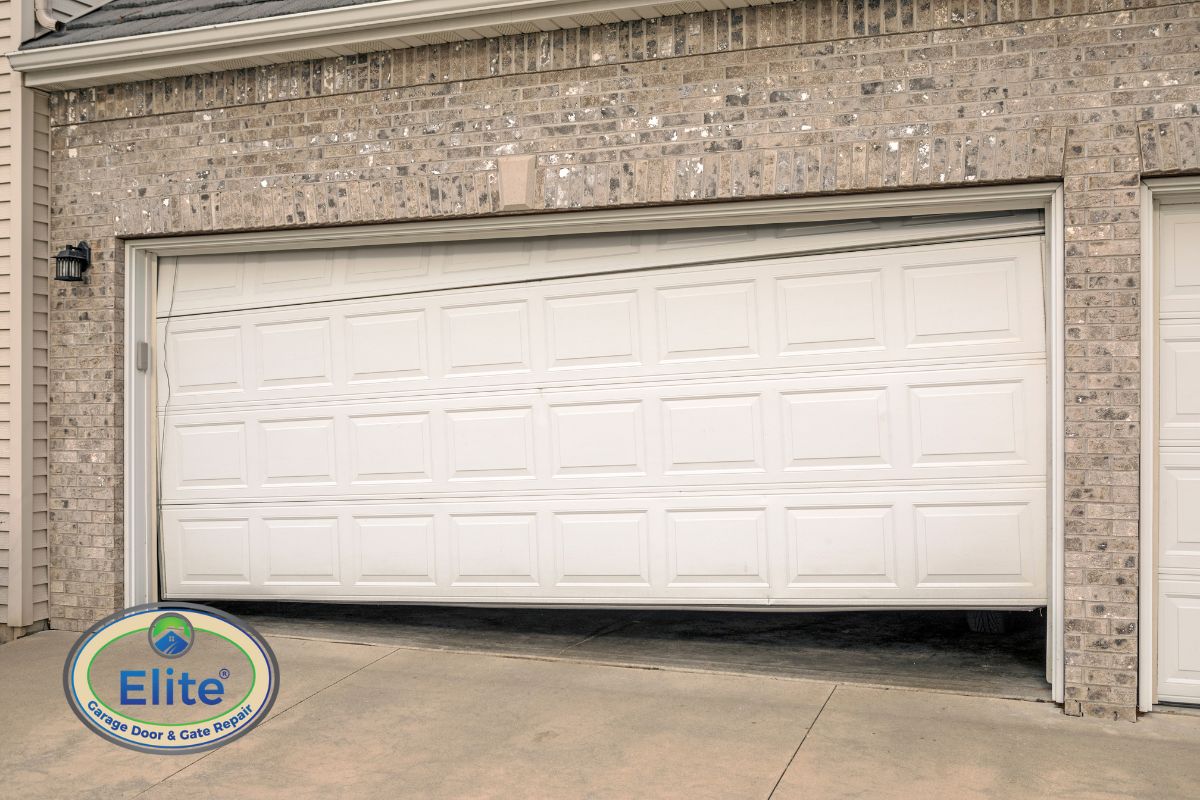
Balance and Alignment
Weather Stripping
1. Importance of Weather Stripping
Weather stripping seals the gaps around your garage door, preventing drafts, moisture, and pests from entering your garage. It also helps in maintaining energy efficiency by keeping the garage insulated.
2. How to Replace Damaged Weather Stripping
Inspect the weather stripping along the bottom and sides of your garage door. If you notice any cracks or gaps, it’s time to replace it. Remove the old weather stripping and clean the surface. Cut the new weather stripping to size and attach it according to the manufacturer’s instructions. Ensure a snug fit to effectively seal out the elements.
Testing Safety Features
1. Checking the Auto-Reverse Function
The auto-reverse function is a critical safety feature that prevents the garage door from closing on objects or people. Place a small object, such as a roll of paper towels, in the door’s path and attempt to close it. The door should automatically reverse when it contacts the object. If it doesn’t, adjust the sensitivity settings on your opener or consult the manual for troubleshooting tips.
2. Testing the Photo-Eye Sensors
The photo-eye sensors detect objects in the door’s path and stop the door from closing. Test the sensors by closing the door and waving an object, such as a broomstick, in front of one of the sensors. The door should immediately stop and reverse. Clean the sensors regularly to ensure they are not obstructed by dirt or debris.

Testing Safety Features
Cleaning and Care
1. Cleaning the Door Surface
Regularly clean your garage door to maintain its appearance and prevent rust. Use a mild detergent and water to wash the door’s exterior. Rinse thoroughly and dry with a soft cloth. For wooden doors, check for signs of rot or warping, and apply a fresh coat of paint or sealant as needed.
2. Removing Rust and Repainting
If you notice rust spots on a metal garage door, sand them down to bare metal and apply a rust-resistant primer. Once the primer is dry, paint the door with a high-quality exterior paint. This will not only improve the door’s appearance but also extend its lifespan.
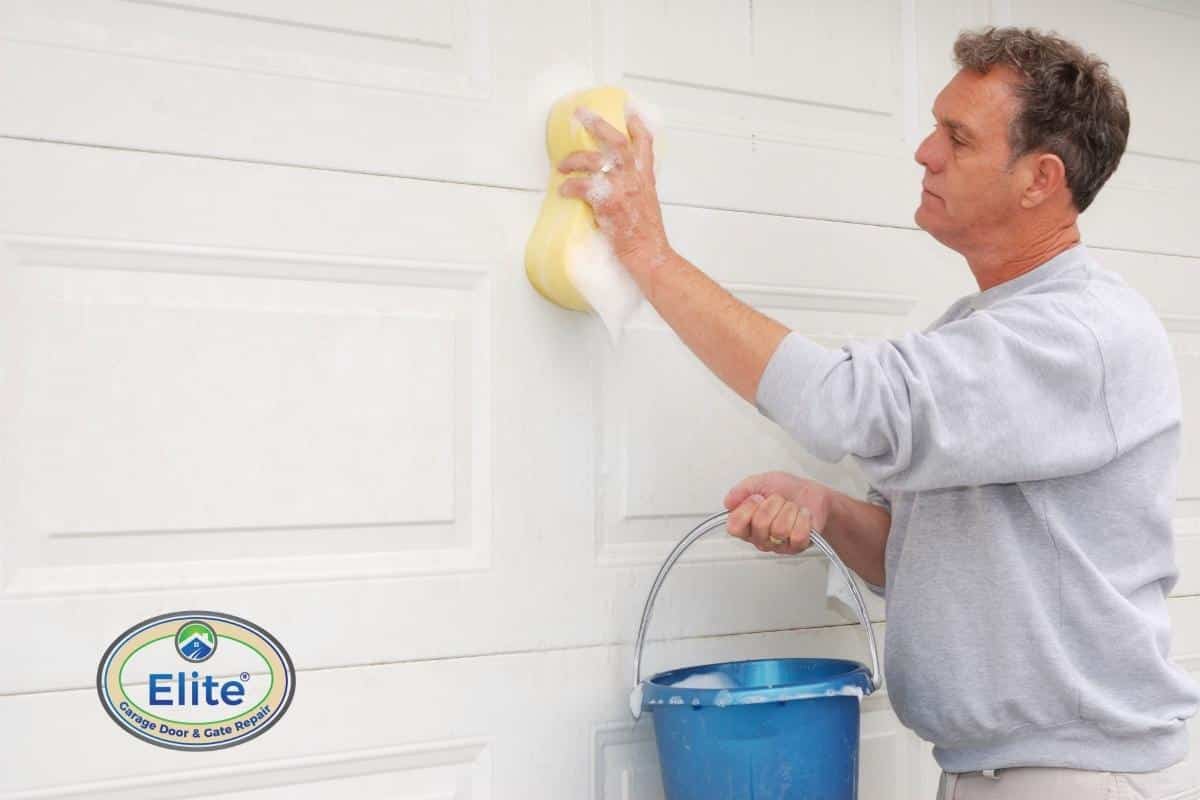
When to Call a Professional
1. Signs That Indicate Professional Help Is Needed
While regular maintenance can address many issues, some problems require professional expertise. Call a Professional if you notice:
- Broken springs or cables
- The door is difficult to open or close
- The door is off its tracks
- Excessive noise during operation
- The door is unbalanced
2. Regular Professional Maintenance Checks
Consider scheduling annual maintenance checks with a professional. They can perform detailed inspections, tune-ups, and address any potential issues before they become major problems. Professional maintenance ensures your garage door operates safely and efficiently.
Conclusion
Regular maintenance of your garage door is essential for its longevity, performance, and safety. By following these tips and tricks, you can keep your garage door in top condition, preventing costly repairs and ensuring smooth operation.
Take the time to inspect, lubricate, balance, and clean your garage door regularly, and don’t hesitate to call a professional when needed. With proper care, your garage door will continue providing security and convenience for years.



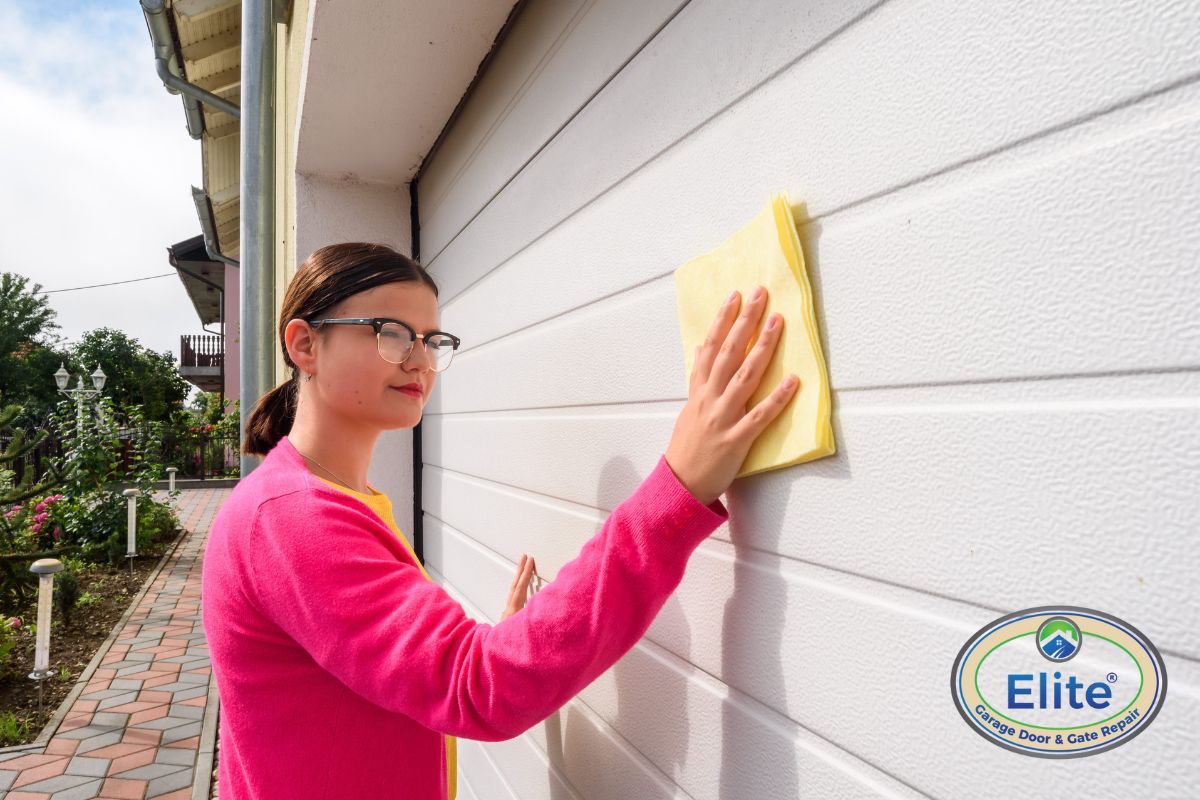


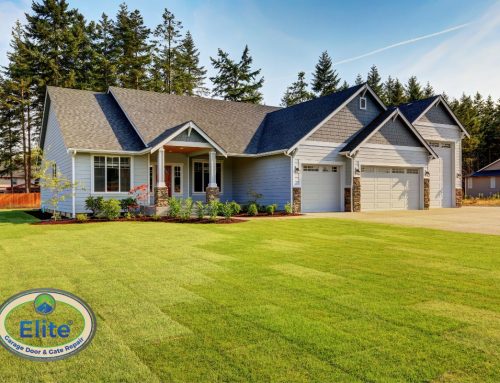
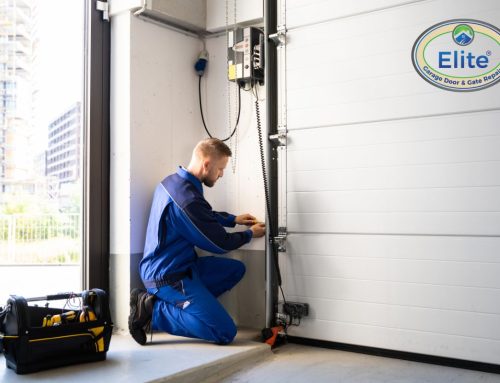


























Leave A Comment